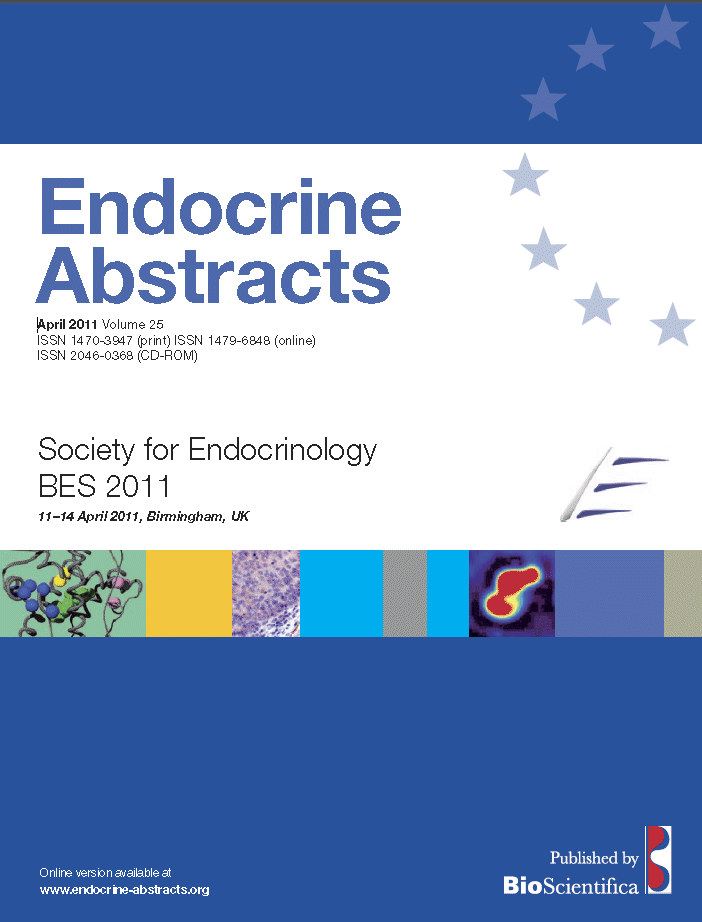Poster Presentations
Nursing practise
ea0025p209 | Nursing practise | SFEBES2011
Audit of low dose dexamethasone suppression test to exclude androgen secreting tumours in hyperandrogenic women
Powell Katherine , Temple Rosemary , Swords Francesca
ea0025p210 | Nursing practise | SFEBES2011
Care of cancer survivors: the role of endocrinologists
Greenfield Diana , Toogood Andrew
ea0025p211 | Nursing practise | SFEBES2011
Nebido (testosterone undecanoate) in patients over 60 years of age: a time to reduce dose frequency?
Mantripp Diana , Franklin Rachel , Wass John , Karavitaki Niki
ea0025p212 | Nursing practise | SFEBES2011
Diagnosis denial exacerbated by thyrotoxicosis
Omar Adrianna , Gilbert Jackie
ea0025p213 | Nursing practise | SFEBES2011
Cushing’s syndrome due to ectopic ACTH secretion from a hepatic neuroendocrine tumour
Mahgoub Yahya , Suliman Mohamed , Simmonds Jeff
ea0025p214 | Nursing practise | SFEBES2011
An unusual complication in a patient with Graves’ disease
Nayak Ullal Ananth , Khalid Yasmeen , Viswanath Ananth , Zahir Abdul Rasheed Mohamed , Singh Baldev Malkiat , Buch Harit Narendra
ea0025p215 | Nursing practise | SFEBES2011
What is the appropriate time for radioactive iodine re-dosing to achieve cure of persistent hyperthyroidism?
Khalid Yasmeen , Nayak Ullal Ananth , Buch HaritNarendra
ea0025p216 | Nursing practise | SFEBES2011
A comparison between post-radioiodine outcomes following the use of two different fixed-dose regimes
Khalid Yasmeen , Nayak Ullal Ananth , Singh Baldev M , Barton David M , Buch Harit Narendra
ea0025p217 | Nursing practise | SFEBES2011
Use of plasma metanephrine estimation in the diagnostic work-up of phaeochromocytoma: an audit of local practice
Egawhary Marco-Daniel , Khalid Yasmeen , Baskar Varadarajan , Gama Rousseau , Buch Harit Narendra
ea0025p218 | Nursing practise | SFEBES2011
Bilateral testicular tumours, a case of mistaken identity?
Jaleel Nihad , Padmabhaskaran Sindhu , Laji Ken
ea0025p219 | Nursing practise | SFEBES2011
Low bone mass is an infrequent long-term sequelea of pituitary disease
ea0025p220 | Nursing practise | SFEBES2011
Joint radioiodine clinic – patient satisfaction survey
Dampetla Srilatha , Shafiq Waqas , Elmalti Akrem , Pears David , Malik Mohamed
ea0025p221 | Nursing practise | SFEBES2011
Assessment of bone density in patient with adrenal insufficiency
Varupula Bhano , Kyriacou Angelos , Ahmed Abu




